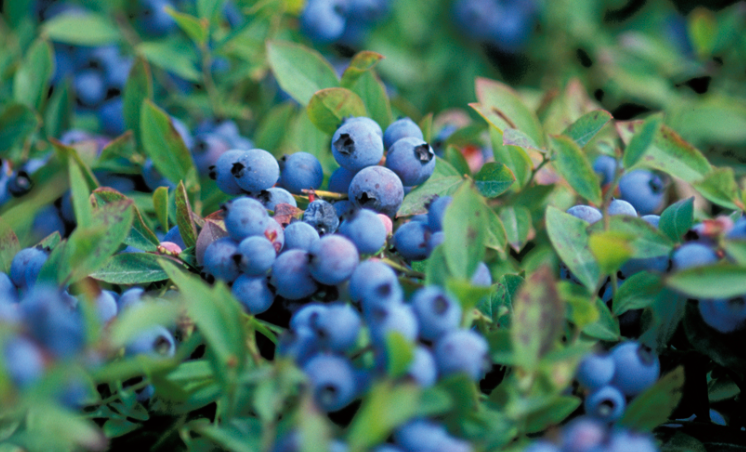Commanding a Premium Price: The Secret of Smart Food Brands
Editorial consulting by the Culinary Institute of America
What’s in a name? Oftentimes, profit. Why else would companies everywhere pour so much time and treasure into building the brands behind their products? No matter that these products range from gourmet food (Beluga Caviar) to the experiential (Las Vegas, baby!), the endgame is creating a reason to believe – and buy.
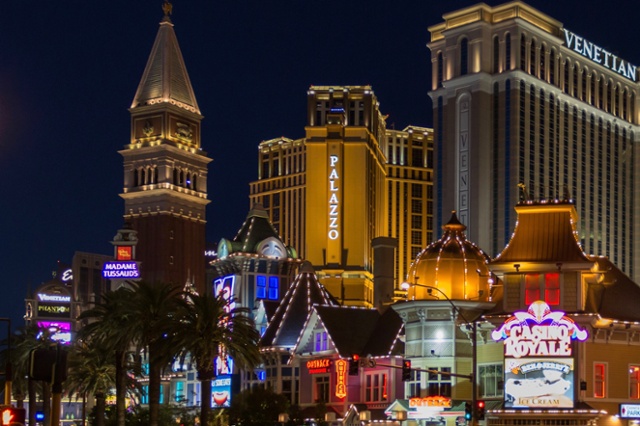
In the world of branding, the word “premium” has a unique place and is usually associated with a product that conjures something special and meaningfully different from the alternatives. Premium promises a more luxurious, high-end, and superior-quality experience
In the food world, where experiences are particularly emotional, the promise can include ultra-delicious, specially-grown, hand-crafted, wild, or one-of-a-kind products that deliver a range of benefits – from comfort to indulgence to wellness or sustainability. Those benefits resonate with an extra appeal that can drive traffic, command a higher price, and enhance margin.
[blog_cta post_id=”16173″]
The concept of premium pricing goes well beyond consumer package goods. In Napa Valley, where our Greystone campus is located, there are several levels of quality when it comes to making and buying wine. At the high end are cult wines, those unique, ultra-special wines made by world renowned winemakers, in extremely limited quantities. If you were lucky enough to get into a wine club membership at the exact right time, you just might be able to purchase one of these bottles for hundreds of dollars. There are viticulture laws that govern what the term “estate grown” means, and these laws ensure you are getting not just a true story behind the wine for your wine dollars, but a great tasting product, too. Although the words “reserve” or “select” on a bottle are not backed up by labeling laws, they can command a higher price than the other bottles, and in some cases can be tasted only if you purchase a VIP wine tasting or were fortunate enough to make friends with the tasting room manager.
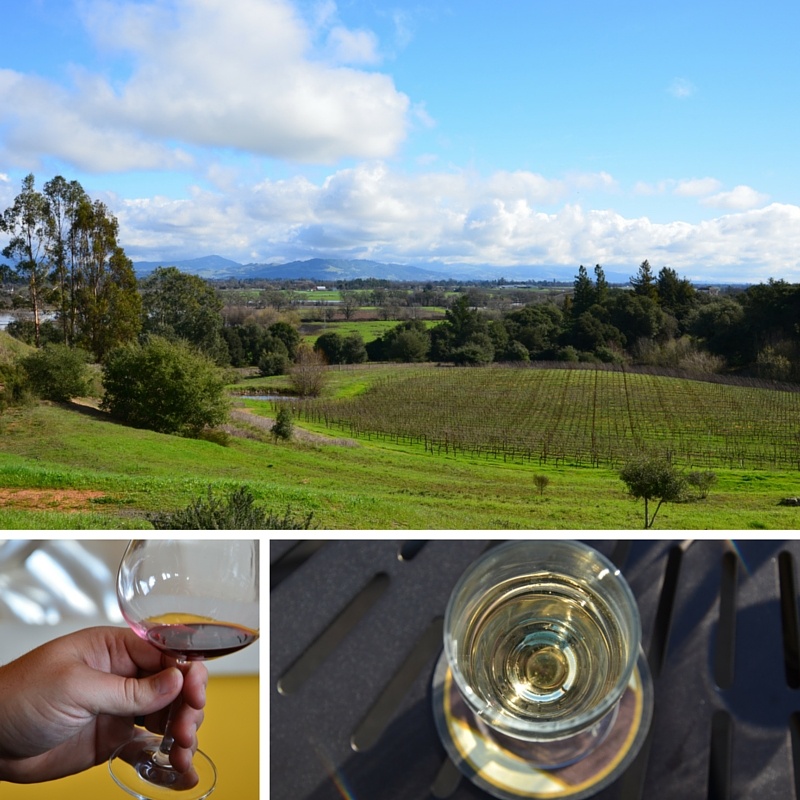
Label and menu descriptors are especially effective to support premium pricing. In today’s closer-to-crop restaurant world, the word “wild” is especially powerful. Calling out wild mushrooms, ramps, and fiddleheads conjures up images of a forager working with nature to deliver you these flavor-packed goodies. Wild Copper River salmon – even if you are nowhere near Alaska – evokes a sense of place, story, and a narrow window of availability. Better yet, the struggle of a noble fish swimming up a particularly swift-running river promises highly sought-after health and flavor benefits.
Wild blueberries don’t have to swim up a river, but they did have to evolve to survive growing on a glacial barren – and, much like the salmon, deliver health and flavor benefits along with a sense of story and place. Naturally hardy, with deep blue color and intense blueberry taste, wild blueberries grow with a minimum of irrigation, and contain a higher concentration of many phytonutrients as well as more fiber and manganese than their cultivated cousins. They have also learned that there is strength in numbers – meaning that there are diverse varieties in any given field that produce a blend of complex flavors – as opposed to the mono-crops of farmed blueberries.
Wild Blueberries are an authentic premium product that are sought after by consumers. Consumer research has proven that menus or products that call out wild blueberries can command a premium price over products with regular blueberries. Wild Blueberries are a tiny superfruit with intense flavor and twice the number of berries per pound, making it an affordable way to go premium.
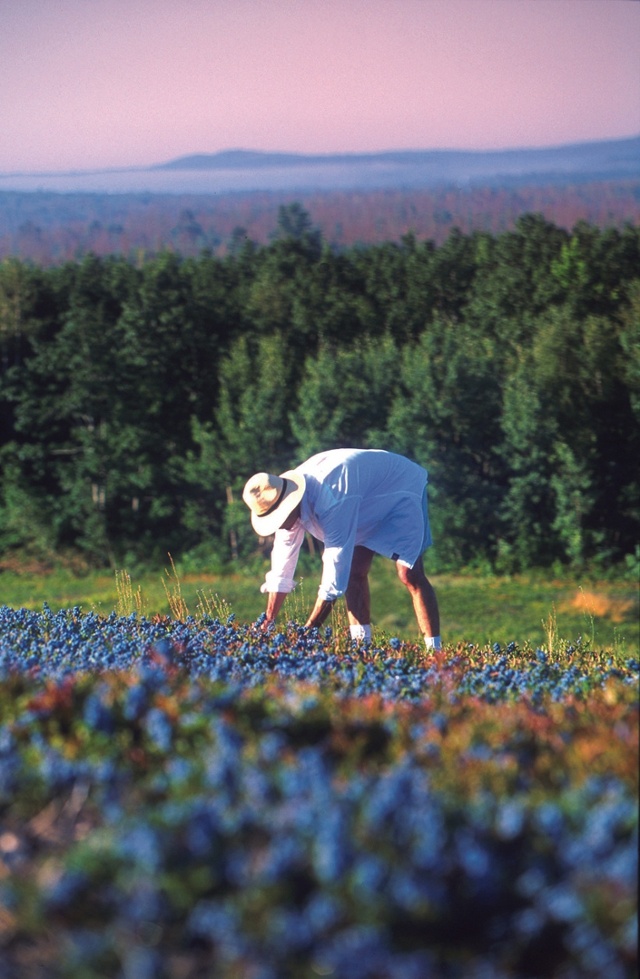
The bottom line is that your own brand will reap the benefits of the premium “Wild” halo if you call it out in your recipes, menus, products, or labels. After all, if you use Filet Mignon, you wouldn’t just call it a steak. That would simply be leaving profit on the table.
About the Author
Chef Rebecca Peizer, C.H.E. C.E.C.
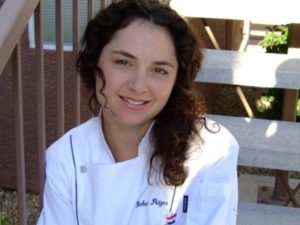
Associate Professor of Culinary Arts
Culinary Institute of America at Greystone
Rebecca’s passion for food set her on a path to the Culinary Institute of America where she graduated in 2000. From there, she set off to New York City where she became a private chef. She took her next big step in the culinary world when she moved to California and opened Roux, a restaurant in St. Helena in the heart of the Napa Valley. Roux quickly took off and theSan Francisco Chronicle named it Top 10 Restaurants in the Bay Area 2001. On the heels of that honor, Food & Wine named her Top 10 Sous Chefs in America 2002. Over the course of her career, Rebecca has had the opportunity to work with many great chefs including Jacques Pepin, Martin Yan, Bradly Ogden, Cindy Pawlcyn, and Julia Childs. She has catered events for presidential candidates, Napa Valley winemakers, and prominent artists, and now shares her passion for food and wine with students at the Culinary Institute of America at Greystone in Napa Valley.
Recipe to try: Goat Cheese Risotto with Wild Blueberries, Mushrooms, Duck Confit, and Poached Egg
[blog_cta post_id=”16172″]

